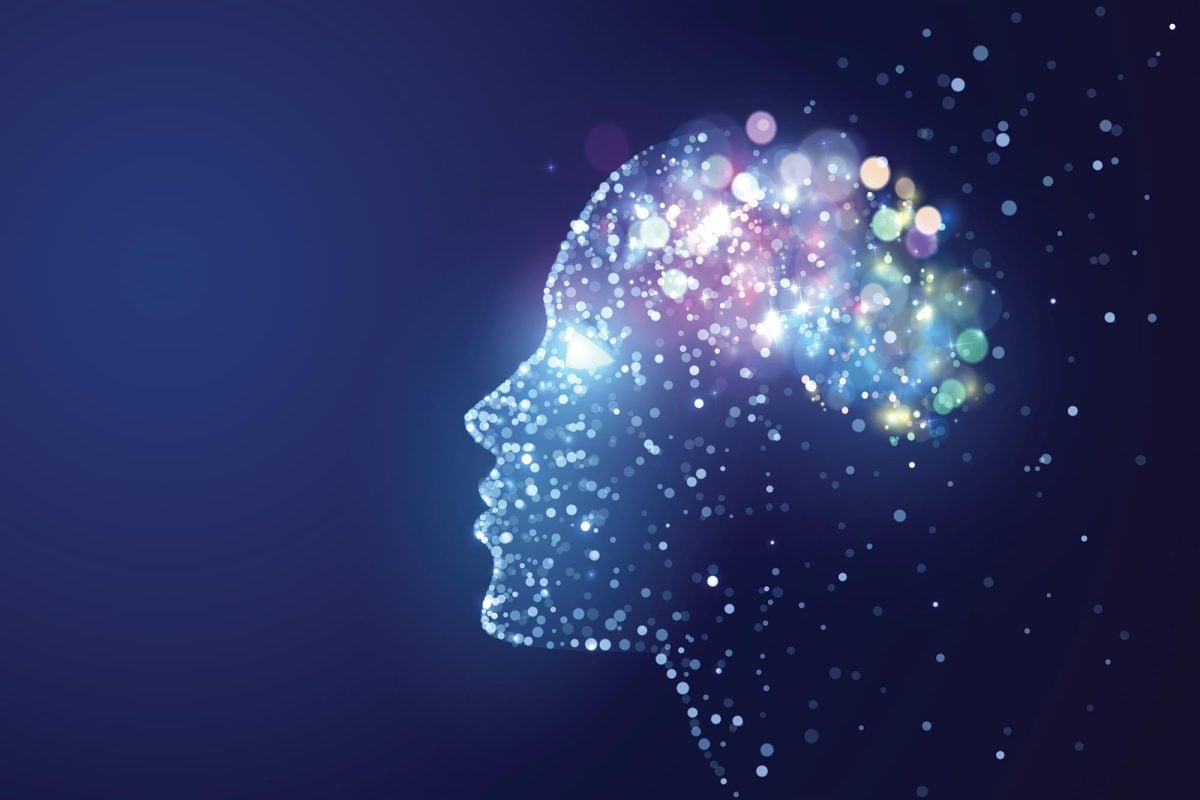Groundbreaking neuroscience research uncovers how the brain learns and stores information in ways that challenge long-standing theories about memory, focus, and learning.
Introduction
For decades, psychologists and educators believed the brain followed a linear, structured process when learning. But new research is challenging those long-held assumptions, revealing that our brains may learn in more dynamic and adaptive ways than previously thought.
This discovery not only transforms how we understand memory and intelligence — it also has major implications for education, mental health, and personal development.
What the Research Discovered
A recent study conducted by neuroscientists from top institutions like MIT and Stanford shows that:
The brain doesn’t always store memories in a step-by-step sequence.
Instead, it creates flexible neural pathways that reorganize information based on emotional relevance, context, and sensory input.
Learning involves a network of brain regions working together, rather than isolated “memory centers” as once believed.
This means the brain is more contextual, creative, and efficient in how it processes new information.
Surprising Learning Insights
Here are a few eye-opening findings from the study:
Errors Improve Memory: Making mistakes during learning may strengthen neural connections, improving long-term memory retention.
Multisensory Learning Works Better: Engaging more than one sense (sight, touch, hearing) amplifies learning speed and retention.
Rest Is Critical: Short breaks and even daydreaming help the brain sort, filter, and store new knowledge more effectively than nonstop study.
Why This Matters
Understanding how the brain really learns helps us:
Improve education methods: Schools can create smarter, more adaptive teaching strategies.
Boost productivity: People can use new techniques to learn faster and retain more.
Support mental wellness: Aligning with natural brain rhythms reduces cognitive overload and stress.
Applications in Real Life
These insights are already being used to enhance:
AI and machine learning systems by mimicking human neural flexibility.
Therapy and mental health treatments, using brain-based learning models.
Skill training in workplaces, with brain-friendly modules for faster upskilling.
Conclusion
The brain is not a rigid machine—it’s a fluid, adaptive, and intelligent system. This research reshapes how we understand learning, showing us that the brain is more capable and efficient than we ever imagined.
As science continues to peel back the layers of the mind, one thing is clear: the way we learn is evolving, because our understanding of the brain is too.
New Research Reveals the Brain Learns Differently Than We Thought

















+ There are no comments
Add yours